The sun shines down on us tirelessly, literally throwing energy at us for free. It would be scandalous not to do something with it! Fortunately, a few clever minds have thought about the subject and the result is the solar cell. In building services or large electricity farms, solar cells are used to Solar systems in large format for Energy generation used, then why not in a more discreet version of solar for the camper?
Solar power may not be a necessity for every camper, but it is certainly a nice-to-have when you independent would like to be on the road. Depending on the desired Degree of self-sufficiency perhaps a Flexible solar casethat you place next to the car, or it needs a fully comprehensive fixed solar system on the roof.
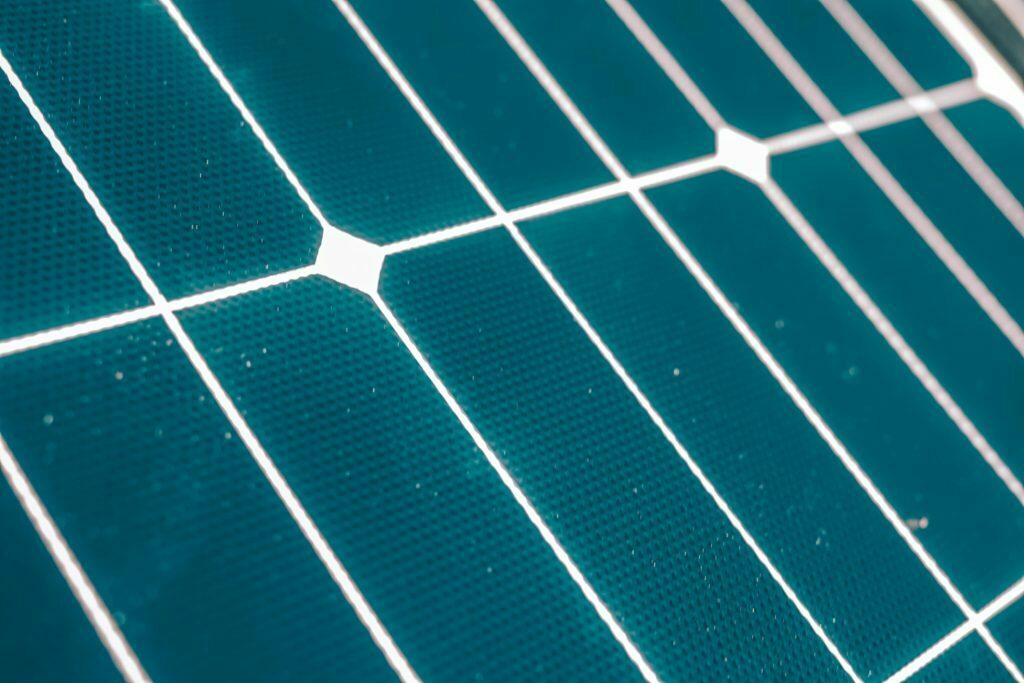
Self-sufficiency with the right technology on board
If you don't roll from A to B every day on your camping trip and you don't want to rely on External power supply If you want to be dependent on solar energy, you should consider a solar system. With the systems available on the market, one can primarily choose between a version that is permanently installed on the roof and the mobile version differentiate. The range is wide and varied, but what does it actually come down to in the end when you want to use solar energy?
Mobile solar cases or foldable solar modules
As a rule, the mobile modules come with two to three Solar panels and are folded so that they can be stowed in a space-saving manner in a size slightly larger than DIN A0. With this design of solar modules, the Cells on a plastic carrier glued over the entire surface and the supply lines with plugs (MC4) and corresponding socket are already present. Depending on the version, these modules require a Charge controllerwhich provides the appropriate current-voltage characteristic.
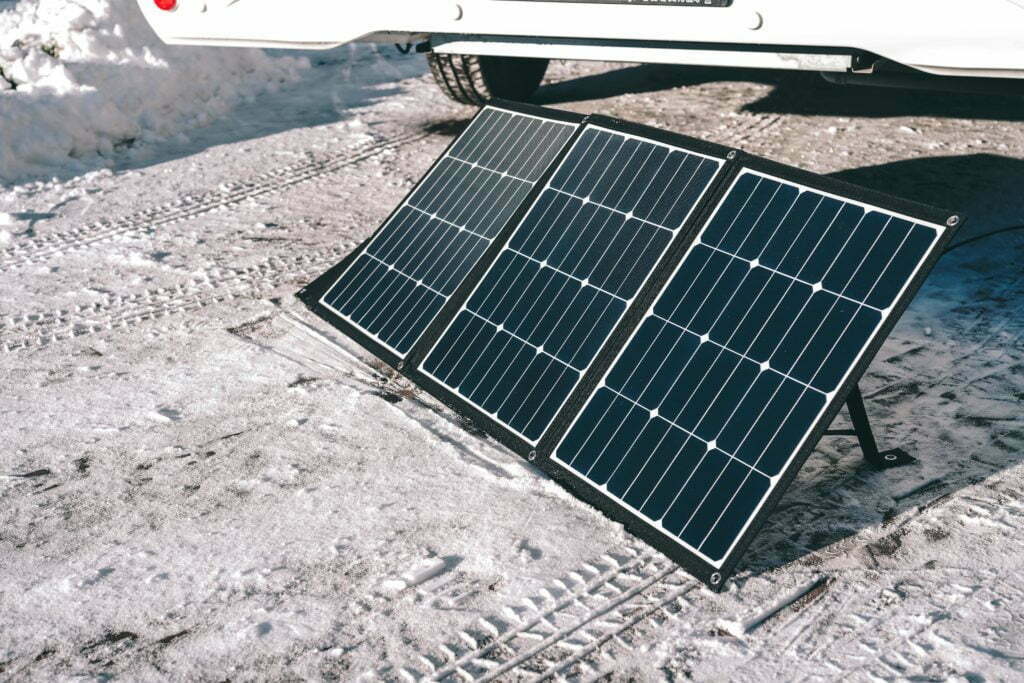
Fixed modules
The fixed module is available in semi-flexible shape or with anodised aluminium frame. The primary difference in this type of solar is the technology. And as is usual in technology, there is a wide range of options for solar cells, which differ greatly not only in price, but also in properties.
Mono or rather poly?
Joking aside. In the case of solar modules, a distinction is made between monocrystalline and polycrystalline for the firmly integrated components, which describes the crystal structure of the silicon used. The atomic building blocks in a Monocrystals are homogeneous and uniform, while the polycrystalline grids amorphous speak irregular is. A monocrystalline cell can be recognised by its deep black-blue coloured surface, when the polycrystal has an irregular and metallic-changing surface on which individual crystal flakes can be seen. To produce a monocrystalline structure, the crystals have to be "grown" in the laboratory under rather difficult conditions, whereas the polycrystal can be produced with fewer demands. For those who have not yet guessed: the purer crystal is energetically of higher qualitywhich is reflected in the price accordingly.
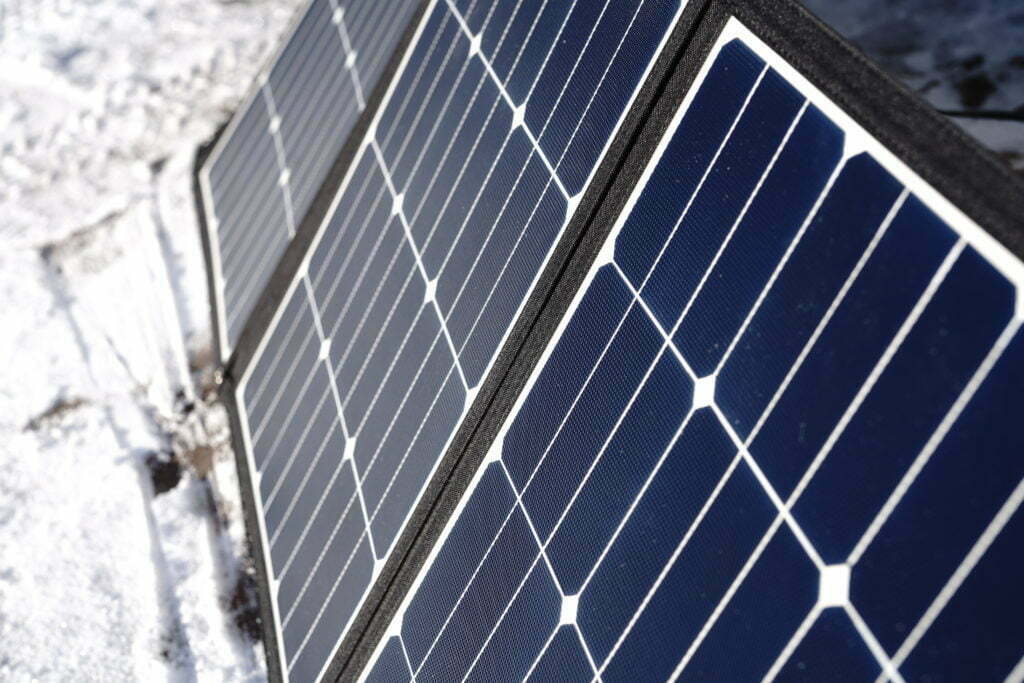
What is better about solar for the camper?
From a technical point of view, both designs can be used for a camping vehicle and are equally well established. Whether it should be mobile or rather permanently installed is the question that decides the war. To make the right decision, you have to look at your own nose and ask yourself: when do i need solar? And if so, how much of it? The foldable mobile modules have the advantage that they can be used without assembly and independently of the vehicle (you always need the charge controller!). So the camper is in the shade while you align the module with the sun to maximise efficiency. The stupid thing is that you then tend to stay with the camper, because otherwise the good piece might get legs. Therefore, I would almost say that with the Mobile solar "active recharges its batteries.
At the Permanently installed solar system then you charge the battery rather "passive". Because if you stand in the sun, the battery charges whether you want it to or not. Especially in winter, when the car is parked for a long time, this can be an advantage in order to maintain the battery voltage without further effort. In summer, however, you also have to stand in the sun if you want to charge the battery, which can quickly affect the battery voltage. Living room temperature can have an effect. In addition, depending on the type of module, driving noise is also to be expected, but this can be minimised to a large extent through anticipatory installation.
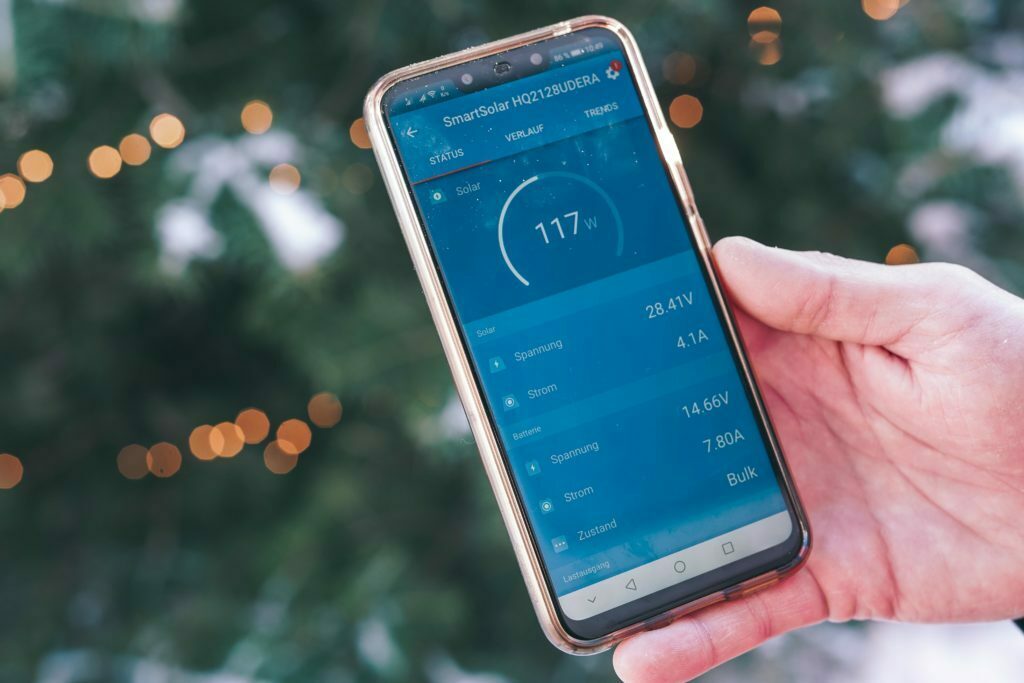
Plug 'n' Play, but please with the right technology
How nice it would be if you could connect the solar panel directly to the battery - electricity is electricity?! Exactly not. This means that you can't connect the battery directly to the module, but you need a charge controller for the correct Battery management must be switched between. And here, too, there is the agony of choice of technology. PWM or MPPT? The Pulse width modulation is, simply put, the simpler and less clever technology. If current comes from the solar module, it is fed into the battery. When the battery is full, the controller acts as a relay. With a solar controller with multi power point tracking, the charging behaviour is simply smarter. Depending on the current power of the solar module, charging always takes place according to the ideal power point. This way you get up to 18 V charging voltage! Despite losses due to the step-down, the battery is ultimately charged with the MPPT technology more efficient loaded.
Conclusion on the sun trap for the camping vehicle
Of course, one and woman always want a lot, but does it always need everything? This is a question you can ask yourself, especially with solar. We are very happy to install solar, but our tip at this point is to really think about the battery size, consumers and charging options, e.g. alternator while driving.
Solar makes real sense when you several days self-sufficient without moving the car or being connected to shore power. Those who drive from A to B every day are more likely to do without solar technology. The Wooly-willow solution is, in my opinion, the Combination from a permanently mounted solar cell and a mobile solar case connected in parallel. The solar cell on the roof provides passive charging of the board battery, even when the Camper in winter is winterised. The mobile version of Solar, on the other hand, can be placed in the sun if necessary, while the camper stands nicely in the cool shade. In the end, however, the main thing is that the sun is always kind to us campers and that we can enjoy our holidays to the full.
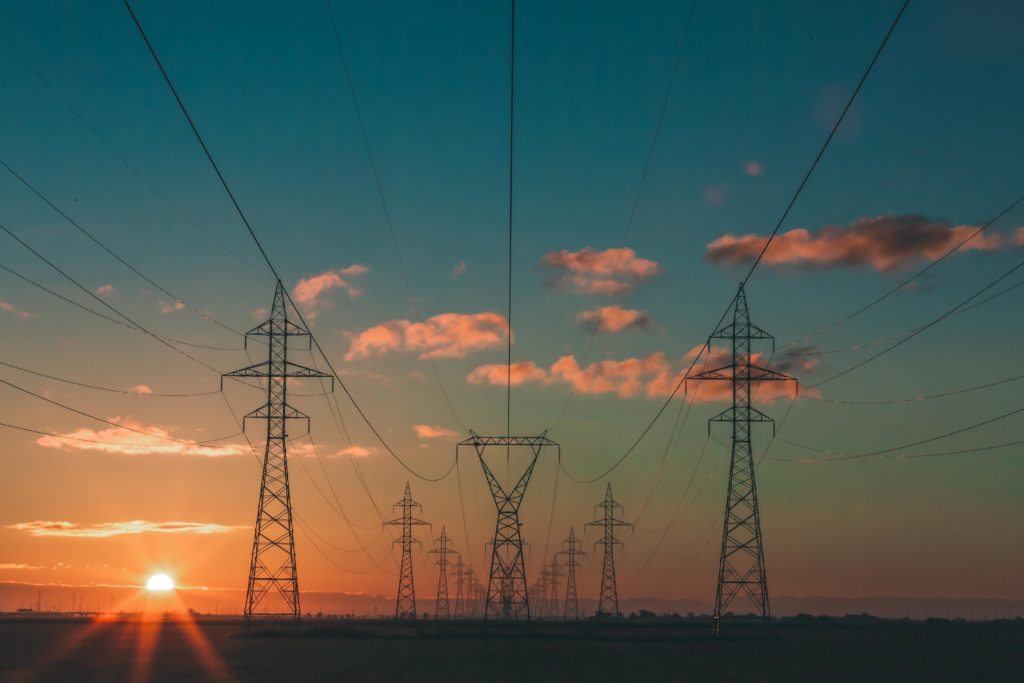
similar posts

Energy self-sufficient with solar and island system not only for campers
Energy self-sufficient with solar and stand-alone system Not only for campers, but also for mountain huts, alpine pastures, Maiensäss or campsites Contents of this article What is energy self-sufficiency? Energy self-sufficiency means

Swiss Hosts is the alternative to camping in Switzerland
Camping on a vineyard, staying overnight at a local cheese dairy and unwinding on a farm Contents of this article Who is behind Swiss Hosts?
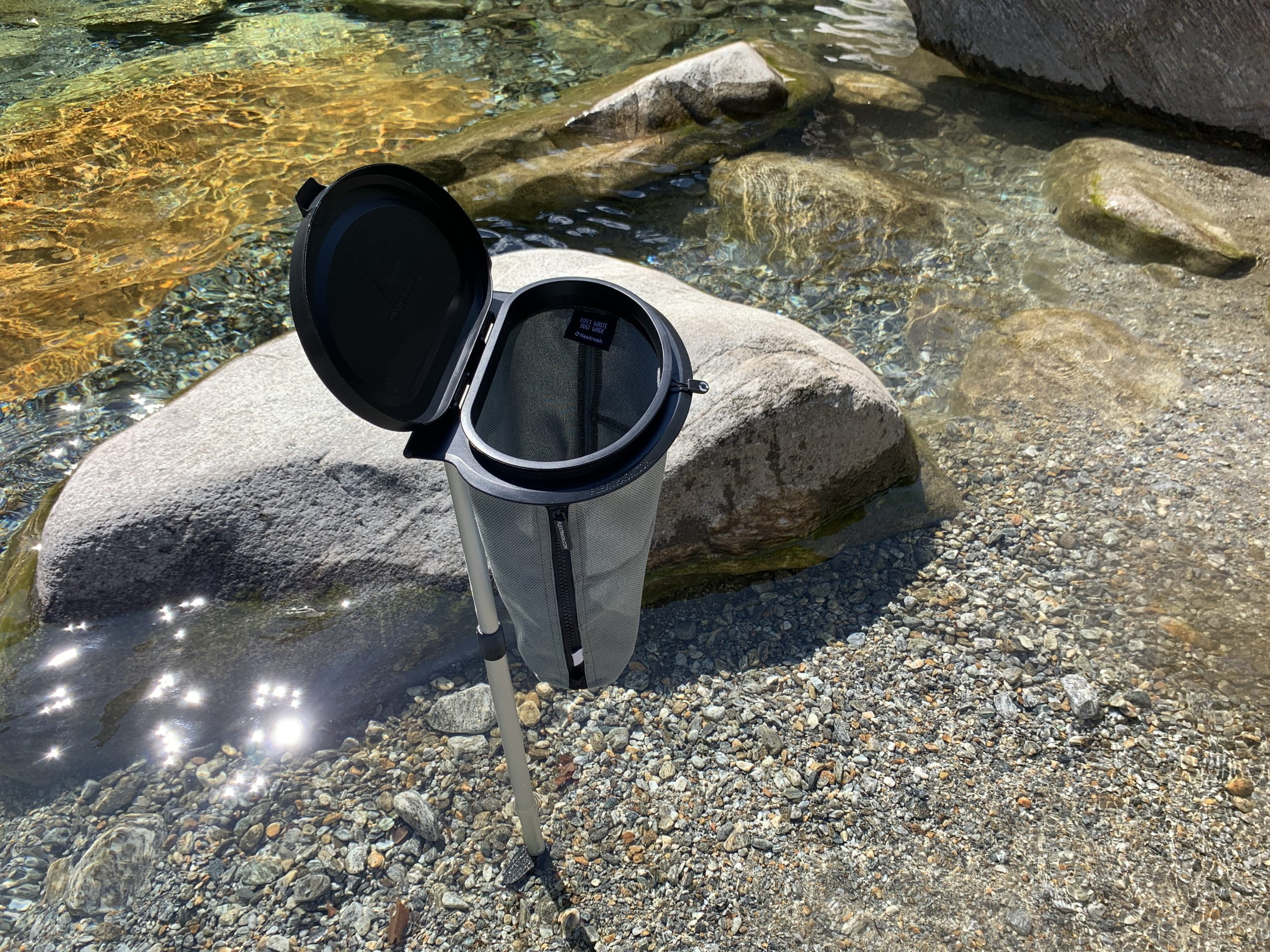
Probably the most versatile bin for campers
Probably the most versatile waste bin for campers The Danish Flextrash - where waste meets bin! Contents of this article The Flextrash - waste bin for campers with
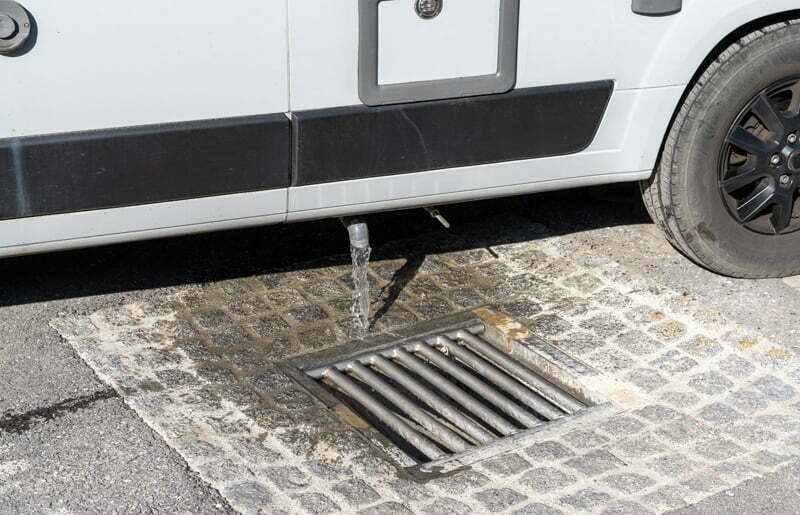
Disposal stations for motorhomes or campers
In brief on dealing with fresh water, grey water and waste water when camping In the camper or motorhome, people cook, brush their teeth, wash their hands, shower and sometimes have to
